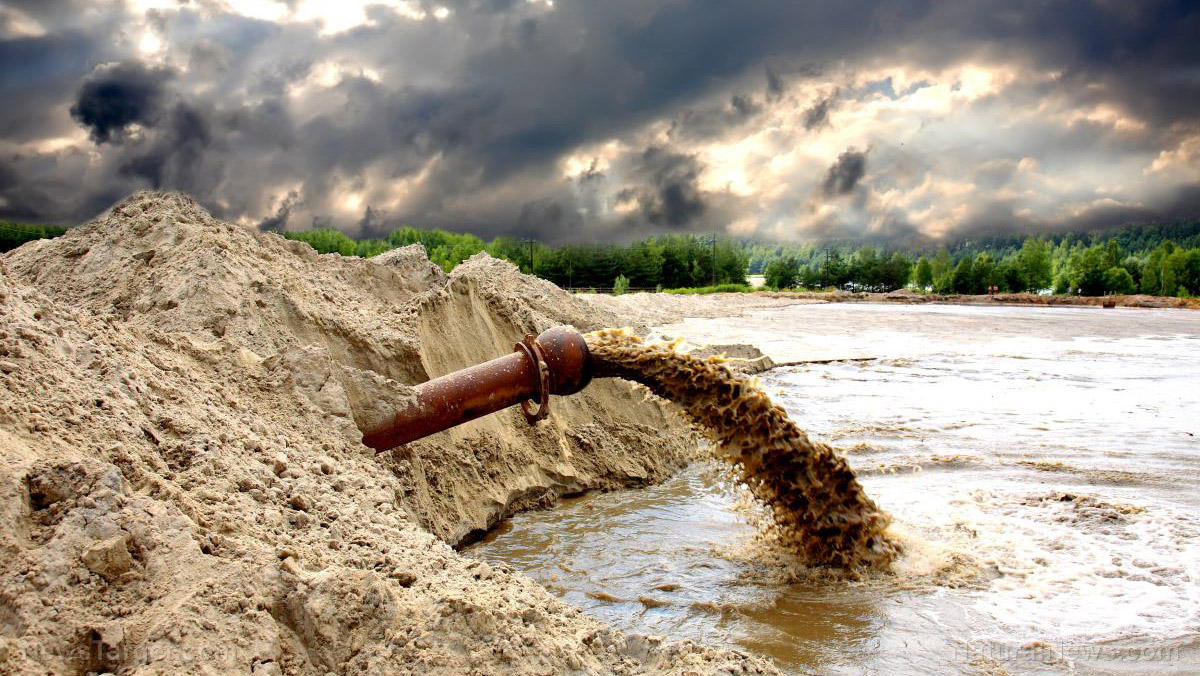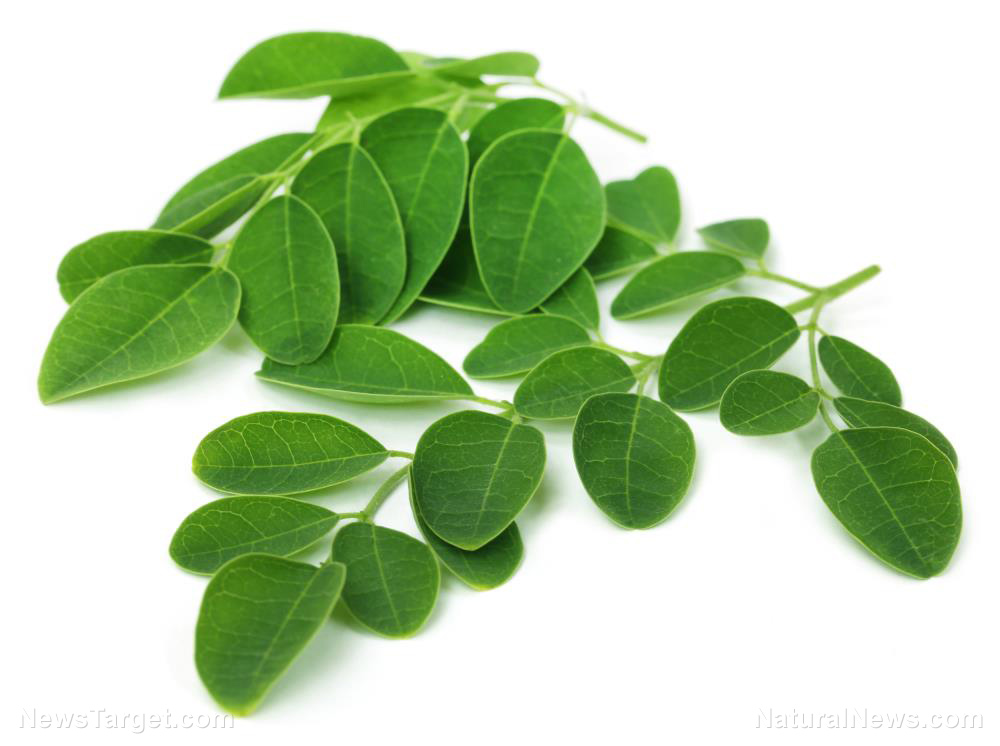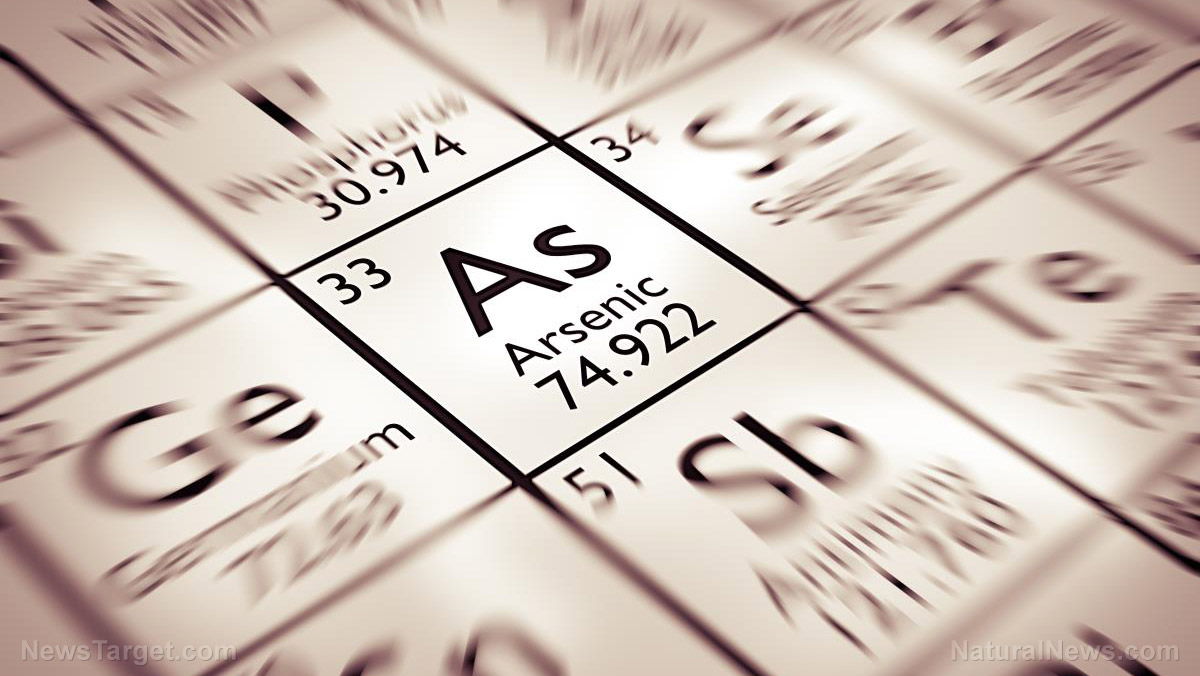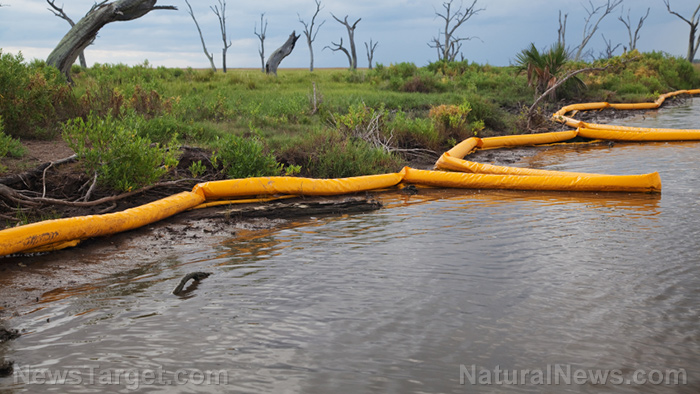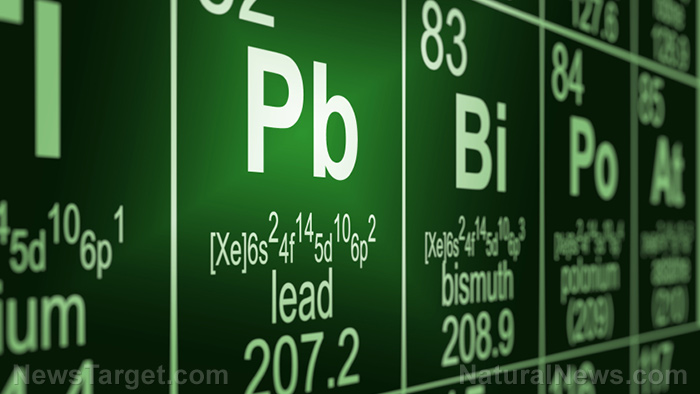Natural pollution solutions: Moss can be used to decontaminate soil and water polluted with heavy metals like lead
01/30/2018 / By Isabelle Z.

The horrible situation that unfolded in Flint, Michigan, reminded many people just how serious a problem lead contamination in water can be. Not only is the presence of lead in water problematic on its own, but the current solutions for removing it and other heavy metals leave a lot to be desired. Getting lead out of water supplies typically involves using lots of energy and fossil fuels. However, all that could be set to change thanks to an exciting new discovery by scientists from Japan’s RIKEN Center for Sustainable Resource Science (CSRS).
There, scientists have discovered that a moss known as Funaria hygrometrica can tolerate and absorb a very impressive amount of lead from water. Working on the knowledge that this moss grows well in sites experiencing contamination from lead, zinc and copper, the scientists decided to look into its potential value as a phytoremediation-based method of toxin removal.
They prepared solutions containing different concentrations of a total of 25 metals and then exposed them to protonema of the moss, which is the plant in its early stage of development. They found that at this stage, the moss shows excellent lead absorbing abilities. In a time span of just 22 hours, analysis with a mass spectrometer found that these moss cells absorbed as much as 74 percent of their dry weight in lead, far exceeding that of any other metals.
They found that more than 85 percent of the lead the moss protonema absorbed was concentrated in its cell walls, while small mounts could also be found in the chloroplasts and organelle membranes. The scientists then took it one step further and found that the cell walls could absorb lead even after they were removed from the living moss, pointing to a special ability in this plant to thrive in areas that other plants find toxic.
Plenty of potential uses for this discovery
This makes it well suited to cleaning wastewater in chemical and mining industries, and the applications are numerous. They found that the lead absorption can occur at pH values that range from 3 to 9, making it useful in metal-polluted water across a range of acidity levels. The researchers believe that the polygalacturonic acid, also known as pectic acid, found in the cell walls is responsible for this action.
The researchers are working with recycling companies to further develop the approach. Funaria hygrometrica is a common type of cord moss found in North America. In addition to its superior absorption of lead, they found out that it could also efficiently pick up metals like platinum, tin and gold.
How many people could be saved from lead exposure?
This moss could prove to be tremendously useful as lead exposure causes serious health issues, including kidney, reproductive, and cardiovascular problems. Exposure is very risky for pregnant women, and it’s particularly dangerous for children, causing developmental problems and learning problems, and stunting growth.
This could be a valuable tool in places like China, where levels of lead in some cities are 700 times the national standard. It also might have made a difference in Flint, where aging water system infrastructure caused the water supply to become contaminated with lead, exposing thousands to this highly toxic metal. High levels of lead have also been detected in drinking water in Florida, New York, Chicago, and many other places.
Once again, nature has proven itself to be a powerful force when it comes to correcting many of the problems that are currently threatening our environment and our health. Follow more news on pollution solutions at Pollution.news.
Sources for this article include:
Tagged Under: clean water, contamation, Funaria hygrometrica, Lead, Lead contamination, lead exposure, lead poisoning, moss, moss cleans water naturally, natural remedies, natural solutions, phytoremediation, toxic water




